Creating cozy home corners can transform your living space into a haven of comfort and warmth. Whether it’s a snug reading nook, a inviting seating area, or a hygge-inspired retreat, the art of crafting cozy corners offers endless possibilities to enhance your daily life. From bedrooms to living rooms, classrooms, and even offices, cozy corners can bring people together and create lasting memories. This guide delves into tips, ideas, and expert advice to help you design spaces that feel inviting, comfortable, and uniquely yours.
Key Takeaways
- Cozy Corners in Various Rooms: Discover how to transform traditional and unconventional spaces, like bedrooms, dining rooms, and even outdoor areas, into inviting retreats using furniture like benches, ottomans, and rugs.
- Hygge Creation Steps: Create a serene hygge corner by selecting the right space, using soft lighting, incorporating textures, scenting the air with calming scents, and choosing a warm color palette for a cozy ambiance.
- Autistic-Friendly Cozy Corners: Tailor a calming space with sensory-friendly features, such as soft lighting, comfortable seating, and personalized touches to create a safe and comforting environment.
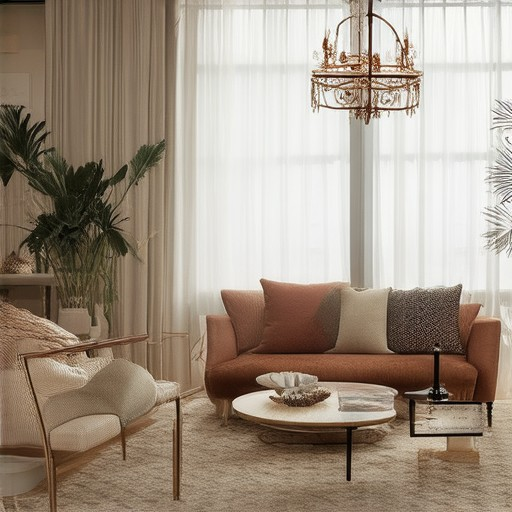
How to Make a Cozy Corner at Home
To create a cozy corner, focus on comfort, warmth, and personalization. Here’s a step-by-step guide:
- Choose Comfortable Seating: Select a plush sofa, armchair, or bench that invites relaxation. Opt for a small table or ottoman for added functionality.
- Add Soft Lighting: Use a lamp with a warm light bulb or string lights for a cozy glow. Dimmer switches allow you to adjust the mood perfectly.
- Incorporate Textiles: Add throw pillows, blankets, and a rug to enhance warmth and comfort. A thick rug adds insulation underfoot and defines the space.
- Personalize with Colors: Paint the walls in warm tones like beige, cream, or deep red. Use accent chairs or cushions in complementary colors to tie the room together.
- Set the Scene with Accessories: Place a tray with snacks, a book, or a cup of tea nearby. Add candles, plants, or artwork to make the space feel lived-in and welcoming.
- Arrange the Layout Thoughtfully: Group furniture to encourage relaxation, like clustering chairs around a coffee table or setting up a reading nook with a lamp and shelf.
- Layer Soft Textures: Use a fluffy blanket, a velvet pillow, or a knotted wool rug to add texture and depth to the space.
- Consider Practical Touches: Install curtains or blinds to keep the heat in during cooler months. Use a throw or shawl for added warmth without bulk.
By focusing on these details, you’ll create a haven that feels inviting and comfortable year-round. Experiment with different textures and layouts to find what makes your cozy corner truly yours!
What Colors Make a Corner Feel Cozier?
Choosing the right colors for a room can significantly impact its cozy feel. Here’s a breakdown of color palettes that create warmth and comfort:
Warm Colors Palette
- Earth Tones : Beige, brown, and green create a calm and grounded atmosphere, perfect for a snug corner.
- Red, Orange, Yellow : These vibrant colors stimulate happiness and warmth, making a space feel inviting.
Cool Colors Palette
- Blue and Green : These colors can make a room appear larger, contributing to a less cramped feel, which adds to coziness.
Neutral Colors Palette
- Soft Hues : Light pastels like pink, lavender, and sage add versatility without overwhelming the senses.
Accent and Texture
- Contrast and Patterns : Incorporate high contrast or subtle patterns to add visual interest and enhance the cozy feel.
- Textured Upholstery : Adds depth and comfort, complementing the chosen color scheme.
Lighting and Mood
- Warm Lighting : Soft, ambient lighting enhances the cozy vibe, making colors appear richer and inviting.
By thoughtfully selecting colors and considering their psychological effects, you can create a corner that feels snug and welcoming.
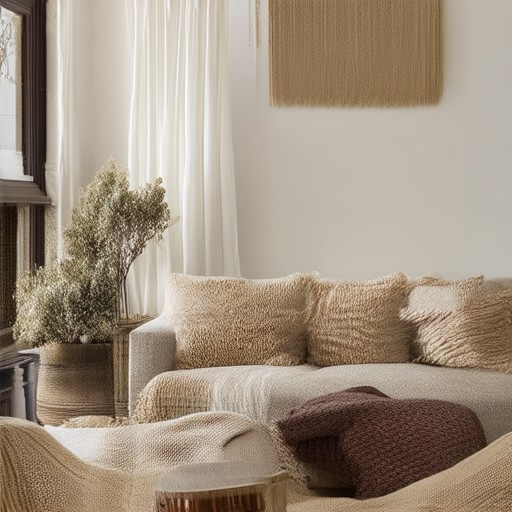
How to Create a Cozy Reading Corner
To transform a space into a cozy reading corner, consider the following steps:
- Select Comfortable Seating: Choose a plush armchair or bean bag for maximum comfort. Add a small table nearby for placing books or beverages.
- Opt for Soft Lighting: Use a lamp with a warm glow to create a soothing atmosphere. Natural light during the day can be augmented with sheer curtains or blinds.
- Arrange the Space Thoughtfully: Position the corner away from busy areas but still accessible. Consider placing it near a window or bookshelf for added ambiance.
- Add Decorative Elements: Incorporate throw pillows, a rug, or artwork to enhance the cozy feel. Use soft textures and earthy tones for a calming effect.
- Consider Storage Solutions: Include a small shelf or basket to store books, blankets, or other essentials, keeping the space tidy and organized.
- Accessorize with Warmth: Add candles, a cozy blanket, or a throw pillow for extra layers of comfort. These elements contribute to a snug and inviting environment.
By focusing on these elements, you can create a haven that promotes relaxation and provides an enjoyable reading experience.
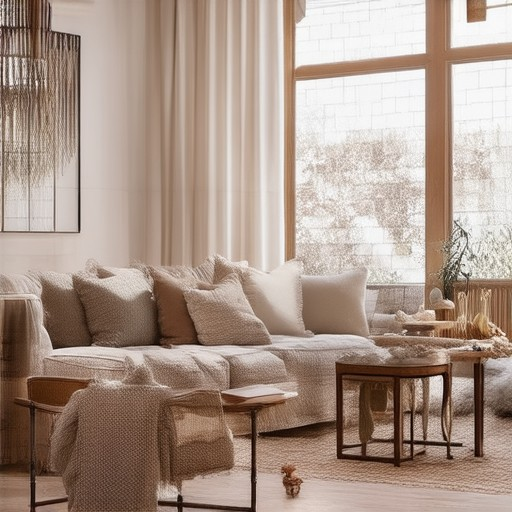
Cozy Corner Alternatives
Cozy corners aren’t limited to traditional settings. Here are several alternative spaces and ideas to create inviting and comforting areas in your home:
- Reading Nook in the Bedroom : Create a cozy spot near your bed with a small table, lamp, and soft blanket. Add a rug for extra comfort.
- Breakfast Nook in the Dining Room : Transform a corner of your dining area into a cozy spot for morning meals or casual hangouts with a bench and a small table.
- Outdoor Cozy Corner : Designate a corner on your deck, patio, or porch with a sturdy table, cushioned seats, and string lights for a relaxing retreat.
- Bench with Storage : Use a bench with built-in storage to keep blankets and pillows handy, making it easy to create a cozy spot anywhere.
- Ottoman as Seating : Place an ottoman in a corner for a comfortable spot to sit, perfect for reading or relaxing with a cup of tea.
- Vertical Space Utilization : Use stools or low benches to create a cozy spot against a wall, adding throw pillows and a rug for warmth and texture.
- Hallway Bench : Add a small bench in a hallway with a nearby coat rack, ideal for taking off shoes or waiting for guests.
- Small Room Corner : In a compact space, focus on a single corner with a snug rug, soft chair, and a lamp to maximize coziness.
To enhance your cozy corner, consider:
- Lighting : Use lamps or string lights to create a warm atmosphere.
- Rugs : Opt for a thick, soft rug to add warmth underfoot.
- Furniture Arrangement : Arrange furniture to maximize space while still feeling snug and inviting.
- Material Choices : Select fabrics and materials that are comfortable and easy to maintain, like washable upholstery or durable rugs.
By thoughtfully designing these areas, you can create multiple cozy spots throughout your home, each offering its own unique charm and comfort.
How to Create a Hygge Corner
To create a hygge corner, focus on combining comfort, warmth, and relaxation. Here’s a step-by-step guide:
- Choose the Right Space : Select a quiet, isolated area in your room where you can retreat and unwind.
- Lighting Setup :
- Use soft, warm lighting such as table lamps or string lights to create a cozy ambiance.
- Opt for bulbs with a warm color temperature (2700K-3000K) to enhance the hygge effect.
- Add Textures :
- Incorporate soft textures like blankets, throws, or pillows for warmth.
- Consider a natural fiber rug, such as wool or cotton, to add comfort underfoot.
- Scent the Space :
- Use candles or diffusers with calming scents like lavender or sandalwood to create a relaxing atmosphere.
- Curate Books and Plants :
- Display books on a shelf or add a small potted plant to bring life and functionality to the corner.
- Place a reading lamp nearby for added comfort.
- Warm Color Palette :
- Choose walls, curtains, and accents in softer, warmer tones to evoke a sense of coziness.
- Comfortable Furniture :
- Add a comfortable chair or bench for seating.
- Include a small side table for placing drinks or personal items.
- Personal Touches :
- Add personal items like photographs, artwork, or meaningful trinkets to make the space uniquely yours.
- Define the Area :
- Use a room divider or arrange furniture to create a distinct separation from the rest of the room.
- Test and Adjust :
- Dim the lights and test the ambiance to ensure the space feels calming and inviting.
By thoughtfully curating these elements, you’ll create a hygge corner that promotes well-being and acts as a sanctuary from daily stress.
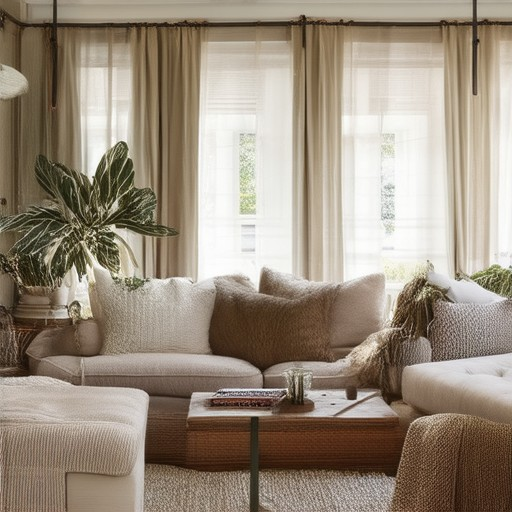
Creating a Cozy Corner for an Autistic Person
Designing a calming space tailored to the needs of an autistic individual involves considering sensory preferences, comfort, and personalization. Here’s a guide to crafting a cozy corner that promotes relaxation and well-being:
- Lighting:** Use soft, diffused lighting such as LED lamps or string lights to minimize glare and create a warm ambiance. Consider avoiding harsh fluorescent lights, which can be overwhelming.
- Seating:** Opt for a comfortable sofa or bean bag that allows ample personal space. Add a small table for placing books, snacks, or other items within easy reach.
- Acoustic Elements:** Incorporate sound-absorbing materials like rugs or cushions to muffle echoes and reduce background noise. Use a nature sound machine or white noise to create a calming auditory environment.
- Color Scheme:** Choose calming colors such as blues, greens, or neutrals to evoke a soothing atmosphere. Ensure the color palette aligns with the individual’s preferences to avoid sensory overload.
- Personal Touches:** Include familiar items like favorite toys, artwork, or books to make the space feel familiar and comforting. A bookshelf or display of personal interests can enhance the sense of belonging.
- Sensory Tools:** Add weighted blankets for deep pressure stimulation and consider fidget tools or stress balls for those who benefit from tactile sensations.
- Dedicated Space:** Create a quiet, distraction-free zone with minimal clutter and clear pathways. Use screens with calming visuals or nature videos to provide predictable visual input.
- Accessibility:** Ensure the space is easily accessible and spacious enough to allow comfortable movement without feeling confined.
- Natural Elements:** Incorporate low-maintenance plants or artificial greenery to add life and freshness to the room.
This thoughtful approach ensures the cozy corner becomes a sanctuary, offering safety, comfort, and sensory support for an autistic individual.

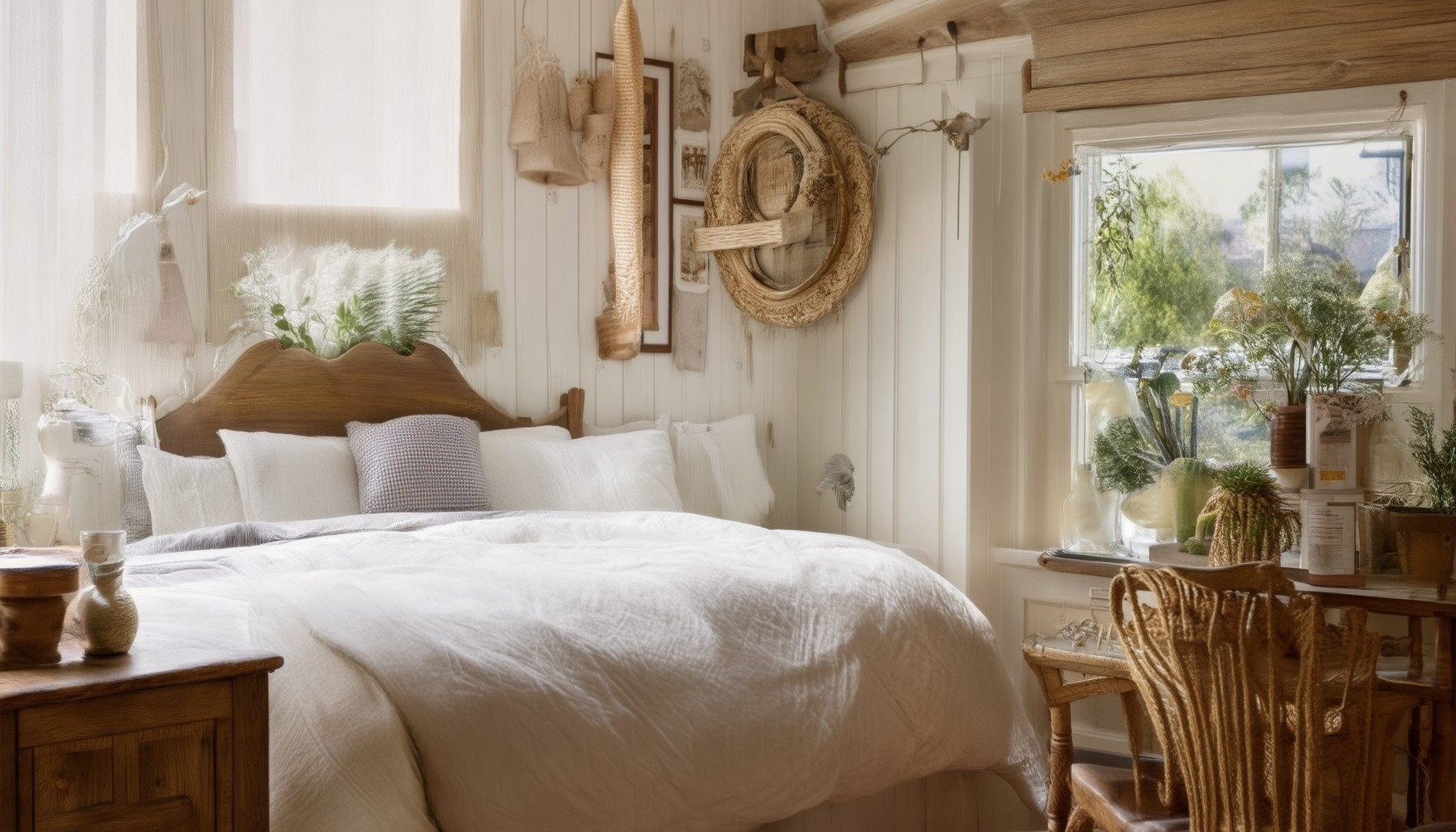



0 Comments